 One of the most popular symbols for medicine today is a snake entwined around a staff. For most of us this image is associated with the medical profession, clinics, and hospitals. Yet while we often consider all of these symbols to be essentially the same, there are actually two critically different symbols from which each of these progress. Visually both involve serpents wound about staves, but one features only a single snake, while the other features not only a second snake, but also a set of wings. Beyond their appearance, the mythic origin of each symbol is very different, although both stem from Greek mythology. We see the first in the logos and symbols of many medical organizations including, the American Medical Association, BlueCross BlueShield association, the British Medical Association, the Brisith Royal Army Medical Corps, the United States Navy and Air Forced Medical Corps. The snakes and wings symbol we see paired with the U.S. Army Medical Corps, at some points in history the AMA, and frequently in the logos of various commercially focused medical organizations.
One of the most popular symbols for medicine today is a snake entwined around a staff. For most of us this image is associated with the medical profession, clinics, and hospitals. Yet while we often consider all of these symbols to be essentially the same, there are actually two critically different symbols from which each of these progress. Visually both involve serpents wound about staves, but one features only a single snake, while the other features not only a second snake, but also a set of wings. Beyond their appearance, the mythic origin of each symbol is very different, although both stem from Greek mythology. We see the first in the logos and symbols of many medical organizations including, the American Medical Association, BlueCross BlueShield association, the British Medical Association, the Brisith Royal Army Medical Corps, the United States Navy and Air Forced Medical Corps. The snakes and wings symbol we see paired with the U.S. Army Medical Corps, at some points in history the AMA, and frequently in the logos of various commercially focused medical organizations.


Of these two symbols, the first is called the rod of Asclepius, sometimes the asklepian, and is the staff wielded by the Greek god Asclepius. The second is called the caduceus, and belonged famously to the god Hermes, but was more generally borne by the messengers of the gods.
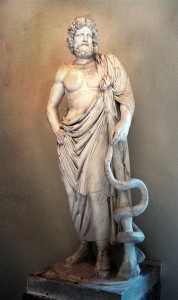
So what is the connection of these two symbols to medicine and its practitioners? Well for the the rod of Asclepius the connection is mostly obvious. Hesiod’s writings establish Asclepius as the son of Apollo and a mortal woman, and in the Iliad he is established as a noble physician. In myth Asclepius was raised by the centaur Chiron and taught medicine by him after Apollo killed his mother for cheating on him. Later in his life he uses his powers to raise the dead, and is punished by Zeus for infringing on the immortality of the gods. Due in part to the efforts of Apollo, Zeus eventually raises Asclepius from Hades to the ranks of the immortals as the most widely recognized god of healing in the Greek world. As a god of healing it makes sense that one of his symbols might be the symbol of medical organizations. In fact the cult of Asclepius established temples where people came for healing, and the priests of Asclepius were often physicians themselves. The famous Hippocratic oath, historically taken by physicians, originally swore by the names of Apollo, Asclepius, and the children of Asclepius, Hygeia and Panacea. The staff of Asclepius is not as well defined a symbol as the god himself. Both snakes and staves were traditional symbols of medicine in Greek culture, but the exact reason for this is not completely clear. Theories suggest that the snake represented rejuvenation and renewal with the shedding of skin, or that it was the medicinal properties of snakes themselves that made them a medical symbol. Similarly it was though that the staff might be the symbol of the wandering physicians who might carry them, or perhaps as a symbol of support in general. Another more modern theory relates the symbol to a traditional treatment of a Dracunculiasis, or the Guinea worm disease. This was a disease treated by wrapping the parasitic worms about sticks and slowly pulling the worm from the host while winding it about the stick so as to fully remove it. The modern treatment is similar to this ancient one, and so this represents a potential interpretation of the symbol. This interpretation partially ignores the presence of snakes as symbols of healing, and their use in healing temples in Greek society in favor of a more literal interpretation.
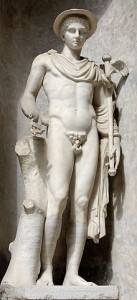
So with Asclepius and his staff being obvious symbols of medicine, how do Hermes and the Caduceus stack up as competitors for the modern medical logo? At first glance, they certainly don’t compare very favorably. Hermes was a god frequently thought of in myth as the messenger and herald of Zeus. He is depicted as a trickster, and at various times a god of travel and transitions, the conductor of souls to the afterlife, a patron of mysteries, and also a patron deity of commerce. The caduceus which is prominently recognized as his symbol is also the staff borne by other heralds, such as Hera’s messenger Iris. While the caduceus is sometimes used in medicine, it is also a common symbol of commerce, connecting with Hermes roles as the patron of commerce. In reality this seems to have little to do with medicine at all. The closest connection to Hermes, his symbols, and medicine, would have to be Hermes connection to mysteries, and eventually the tangential connection of both Hermes and the caduceus to the pseudo-mystical scientific practices sometimes referred to as the “Hermetic Arts”. Despite this the caduceus seems to have no historical or mythological connection to medicine, and so it seems strange that this symbol was adopted for use as a representation of medicine alongside the asklepian.

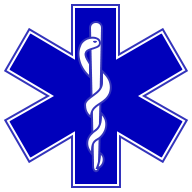
In some ways this confusion is probably caused by an often defended misunderstanding based on printer’s marks. The caduceus has been used at various times as a printer’s mark for its role in commerce, not medicine, and in some cases this has involved print on medical texts exported around the world. This coupled with the Army Medical association adopting the symbol in 1902 based on the lobbing of Capt. Frederick Reynolds. It’s entirely possible that this confusion has lead to the use of the symbol by the less informed, especially in the United States. Even with the branches of the U.S. Military and their respective medical organizations there is conflict, with the Army continuing to use the caduceus, and both the Navy and Air Force using the more traditional asklepian. Beyond simple confusions there are other theories about the reason for the use of the caduceus. One survey found that about 62% of professional organizations relating to medicine used the symbol of Asclepius, while about 76% of commercial organizations used the caduceus. One potential reason for this is that professional organizations are more informed than commercial organizations, but even the American Medical Association used the caduceus at various points in time. Preference might be given to the caduceus, especially in financially motivated scenarios because the more symmetric symbol is potentially more attractive as a logo with which to draw customers, or just more attractive to owners of companies in general.
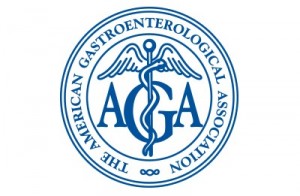
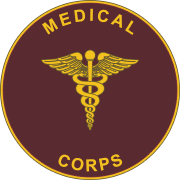
Whatever reason for the preference towards the caduceus in commercial medical symbols it’s very interesting to see more profit oriented medical associations using a symbol commonly associated with commerce. Either by accident or intentional monetization of the symbol this line between use of the caduceus and the asklepian is a very poetic one. On one side is the professional physician, represented by a god of medicine, and the other, the commercial health care organization, represented by a god of commerce.
Refrences
- http://www.oxfordreference.com/view/10.1093/acref/9780195170726.001.0001/acref-9780195170726-e-580?rskey=zeK1ZU&result=1
- http://www.oxfordreference.com/view/10.1093/acref/9780195170726.001.0001/acref-9780195170726-e-125?rskey=W5KxnS&result=1
- http://www.paulyonline.brill.nl/entries/brill-s-new-pauly/hermes-e510080?s.num=0&s.f.s2_parent=s.f.book.brill-s-new-pauly&s.q=hermes
- http://www.paulyonline.brill.nl/entries/brill-s-new-pauly/asclepius-e203800?s.num=0&s.f.s2_parent=s.f.book.brill-s-new-pauly&s.q=asclepius
- http://www.nytimes.com/2005/03/08/health/08cadu.html?_r=0
- Friedlander, Walter J. The Golden Wand of Medicine: A History of the Caduceus Symbol in Medicine.” New York, Greenwood, 1992
-
The symbol of modern medicine: why one snake is more than two.Robert A. Wilcox, Emma M. WhithamAnn Intern Med. 2003 April 15; 138(8): 673–677.
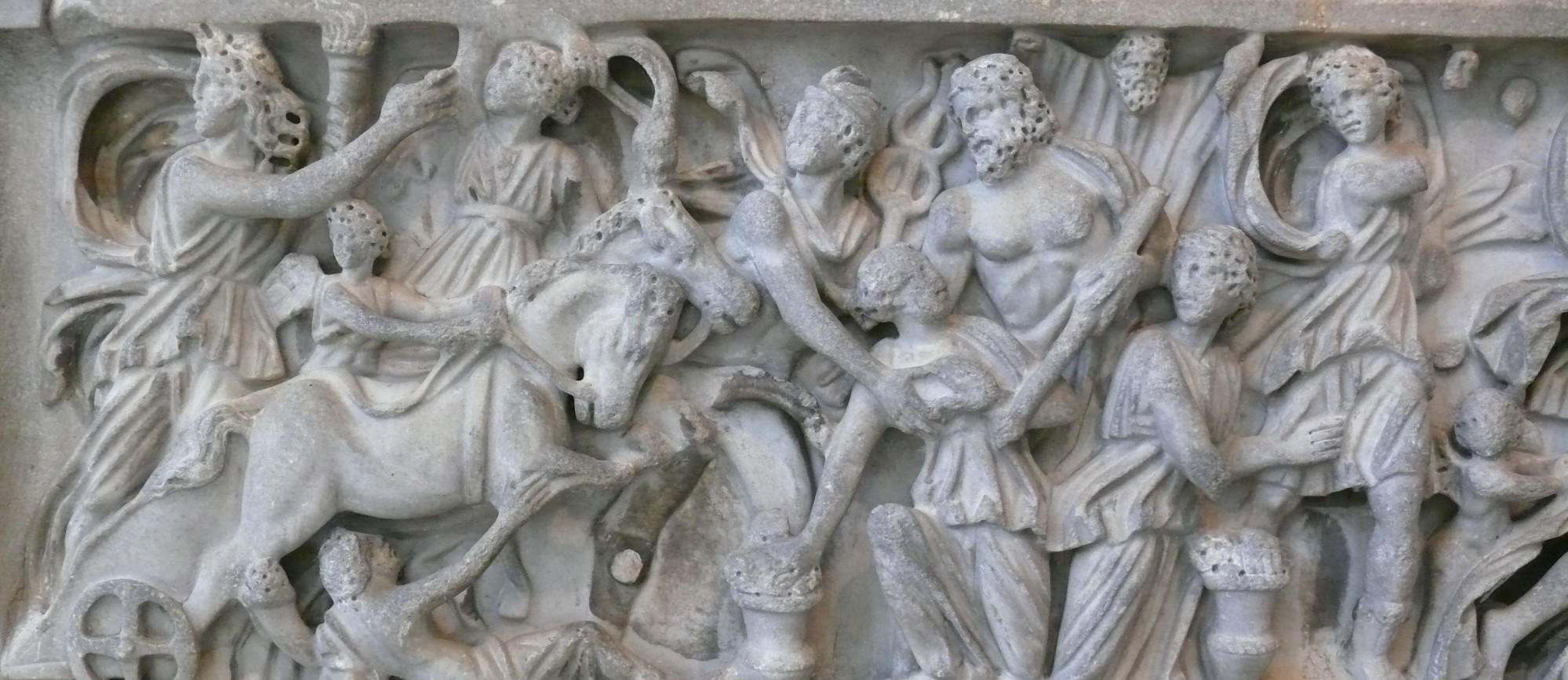
Very nice article, exactly what I needed. Very useful post i really appreciate thanks for sharing such a nice post.
inter caste marriage solution
Great article. Your blogs are unique and simple that is understood by anyone.
Love Spell for Vedic Astrologers
Very nice blog. I amply to visit your blog. Now I am found what I want. I check your blog every day and try to learn something from your blog.
E-Commerce Website Development Company In Jaipur
Thank you very much for sharing good content. Useful blog information, wanted to thank you for this excellent read!! Keep it up!
Best Taxi Services At Jaipur
I finally found the information I was looking for on your blog. You can’t be happier than this. I want to say thank you so much for posting this. Please continue to post good comments.
tempo traveller rental service in jaipur
Really jubilant to say, your post is exciting to read. I never stop myself to say something about it. You’re doing a great job.
Website Development & Designing Company In Jaipur
These are actually impressive ideas in concerning blogging. Its great. I high appreciate this post. You’ve nailed it! update this blog with more information.
Nidhi Company Registration
The quality and quantity of work produced here are absolutely informative. Thanks for sharing.
Interior Design Ideas
This is an impressive post. Keep on blogging. This is an excellent post, thanks.
Best Dental Clinic Jaipur
Download Old Music BY : Sina Shabankhani | Divoone Misham With Text And 2 Quality 320 And 128 On Music-fa
Hojat Ashrafzade – “Barf Amad” > Old Song > Download With Text And 320 & 128 Links In Musico
Download New Music BY : Shahin Banan | Chale Roo Goonat With Text And 2 Quality 320 And 128 On Music-fa
موزیک و ترانه، خواه ناخواه بخشی از زندگی همه ما را تشکیل میدهد. کودکان ما روز خود را با موسیقی طبیعت آغاز میکنند و شب را با نوای لالایی به پایان میرسانند. همه ما نیز این نیاز را برای خردسالان میپذیریم و به رسمیت میشناسیم. اما در مورد بزرگسالان، برای مدتها توجه چندانی به این نیاز صورت نگرفته است.
خوشبختانه در سالهای اخیر به نقش مهم و موثر موزیک در سلامت روان افراد توجه بیشتری شده و منابع فراوانی برای دسترسی به این منبع آرامشبخش در جامعه ما ایجاد شده است.
دانلود آهنگ پاپ ایرانی سال جدید، بیشک از مهمترین راههای سرگرمی و تفنن در میان همه اقشار با سنین مختلف و بهویژه جوانان جامعه ما محسوب میشود. در غیاب بسیاری از تفریحات سالم، موزیک میتواند ضمن اغنای ذهن، فرد را به آرامش رسانده و جلوههای هوش و خلاقیت را در افراد ارتقا بخشد.
اما این موضوع نمیتواند و نباید باعث شود تا نیاز مستمر و همیشگی افراد به موسیقی نادیده گرفته شده و این هنر تنها جنبه و زمینهای برای تفنن محسوب شود.
Amazing post here windows explorer windows 10 thanks
The article was interesting
رادیولوژی در منزل
It was great. آینه سفید عاجی
It was a good article. خرید لوازم خانگی
از بدترین دلایلی که می تواند باعث یخ زدن مواد غذایی در ساید بای ساید شود، خراب شدن برد الکتریکی است. برد که نقش مغز را برای یخچال فریزر و ساید و سایر لوازم برقی دارد، دارای مدارات متعددی بوده و خراب شدن آن عملکرد تمام قطعات را تحت تاثیر قرار خواهد داد. تعمیر این قطعه اهمیت بسیار زیادی دارد و بدون دانش و تخصص نباید تغییری روی آن ایجاد کرد.
It was a good article.دستکش قصابی
اگر محفظه یخساز پر باشد و برای مدت طولانی از یخ استفاده نشود، به مرور به هم متصل میشوند. اتصال یخ ها به هم باعث تغییر اندازه آنها شده و نمی توانند خارج شوند. علت کار نکردن یخساز ساید بای ساید سامسونگ
It was great. Thank you.افزایش لایک
It is our great pleasure to invite you and your Staff Members (And Associated Members) to participate in the upcoming “2nd International Conference on Pediatrics and Neonatology” Scheduled during April 20-21, 2020 at Bangkok, Thailand..
Pediatrics Congress 2020 aimed to expand its coverage in the areas of Pediatrics and Neonatology where expert talks, Professors, young researcher’s presentations will be placed in every season of the meeting will be inspired, workshops are conducted by biomaterials and 3d bio-printing companies, and exhibitors from all over the world will be staging their latest company products. This will be a great opportunity for young researchers to listen to the world renewed speakers, whose speech of touchstones ignites young minds to overcome the challenges in the field of Pediatrics and Neonatology.
For more details, please visit: http://bit.ly/2Z2fdTy
It is our great pleasure to invite you and your Staff Members (And Associated Members) to participate in the upcoming “2nd International Conference on Pediatrics and Neonatology” Scheduled during April 20-21, 2020 at Bangkok, Thailand..
Pediatrics Congress 2020 aimed to expand its coverage in the areas of Pediatrics and Neonatology where expert talks, Professors, young researcher’s presentations will be placed in every season of the meeting will be inspired, workshops are conducted by biomaterials and 3d bio-printing companies, and exhibitors from all over the world will be staging their latest company products. This will be a great opportunity for young researchers to listen to the world renewed speakers, whose speech of touchstones ignites young minds to overcome the challenges in the field of Pediatrics and Neonatology.
For more details, please visit: http://bit.ly/2Z2fdTy
interesting…
Yeah lol I had no idea we chose the same topic to write about. Your focus on the military connotations of the Caduceus is something I found interesting as I wouldn’t commonly associate Hermes, or a symbol of Hermes, with war. I think we both can agree that using the Caduceus, whether it is by mistake or on purpose, sends a very powerful message about the respective company or organization that is choosing to use it.
I would link you to my blog but you’ve already seen it.
I really liked your post since I’ve wondered before why medical companies consistently use the wrong symbol. I agree with you that does probably have to do with both aesthetic and recognition. By this time, the mistake of using the caduceus instead of the asklepian has been repeated so many times that people would probably associate the caduceus more with medicine than Asclepius’ symbol, if they even discerned the difference. Aesthetic is also important. While I feel that medical companies should try to go with the right symbol, I can’t deny that the caduceus is more aesthetically pleasing because of the elegant, whimsical wings and the opportunity for symmetry. It would be interesting to know who first realized that they had made a mistake. It is a very telling mistake.